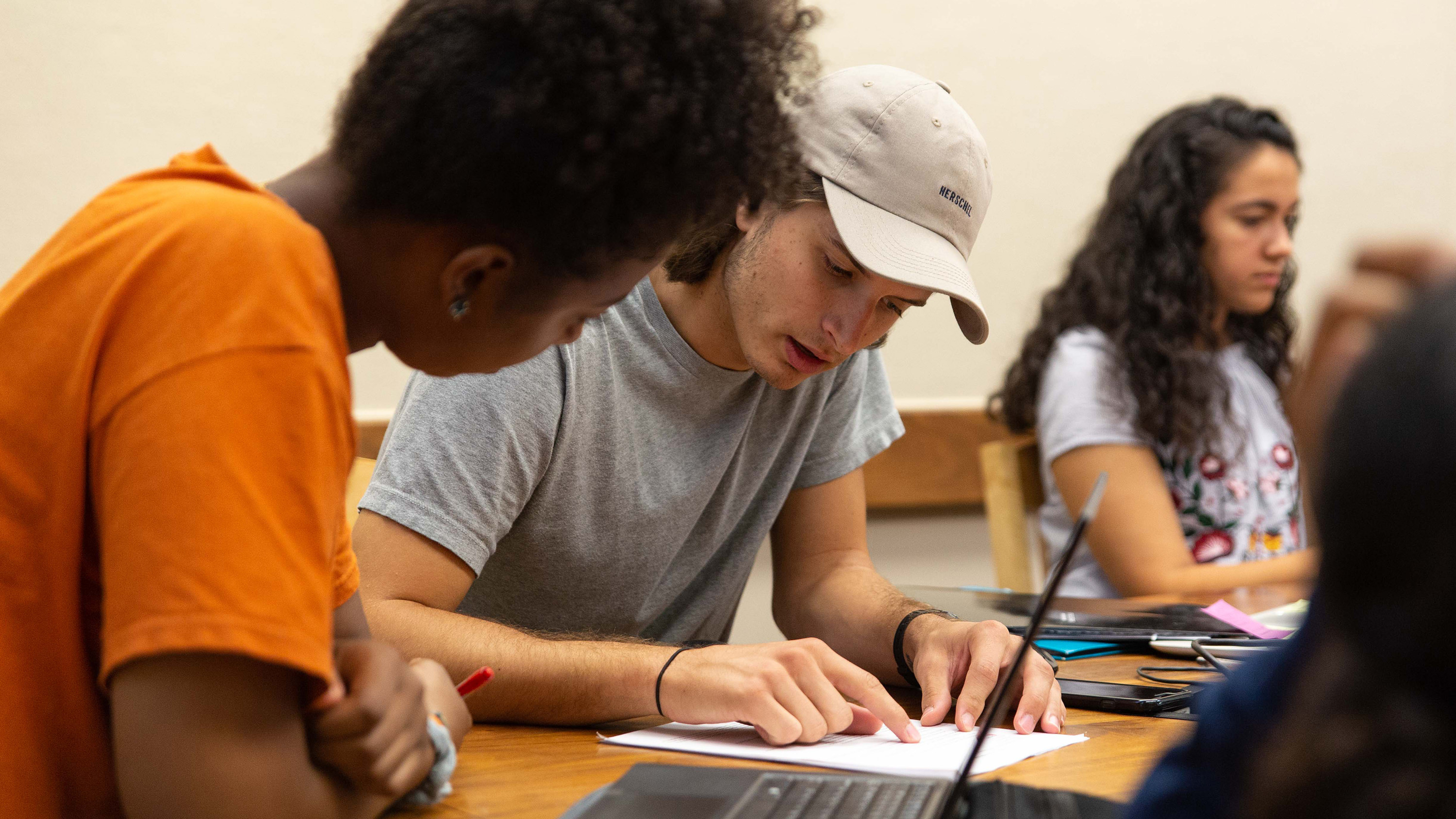One of the things that makes my Signature Course, “Young People and Drugs” engaging and exciting is finding new lenses for the students to investigate the complexities of substance misuse and addiction. I have found that providing a strong interdisciplinary foundation with a theoretical framework is the key. While my own expertise is in the psycho-social aspects of youth addiction, I emphasize the bio-psycho-social-spiritual model to understand both the problems and the solutions.
The disease of addiction and the related brain chemistry and neurobiology is better understood with readings from Carlton Erickson’s book The Science of Addiction, followed by a visit to neuro-psychologist Juan Dominguez’s lab to see how cocaine impacts rodent brains and behaviors. In order to explore the psycho-social realms, I introduce the students to social workers, sociologists, psychologists, young people in recovery, and community agencies. In addition to having them learn screening tools, motivational interviewing skills, and ways to engage in dialogues about substance misuse, they also learn health promotion and marketing skills. College of Communication’s Mike Mackert and I co-facilitate an exercise in which students compete to come up with the best tag line after they have researched their integrative projects. The spiritual aspects have included experiential exposure to alternative modes of recovery support such as mindfulness, biofeedback, oracular acupuncture, and music therapy’s auditory beat stimulation. Also, students learn the impact of doing service on brain health, wellness, and recovery.
In their first written assignment, students write a scientifically supported essay on their own substance experience or write about an interview with someone who wants to share an experience. I teach them to utilize the terms biological, psycho-social, and spiritual to examine the interdisciplinary aspects and corresponding peer reviewed research articles. This ensures that they are looking at their own relevant curiosities and thinking about the complexities through these different lenses. The result is a rich and powerful tapestry of ideas, experiences, queries, and conclusions.
By Lori Holleran Steiker


